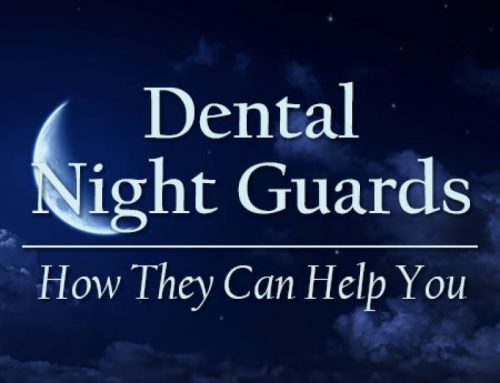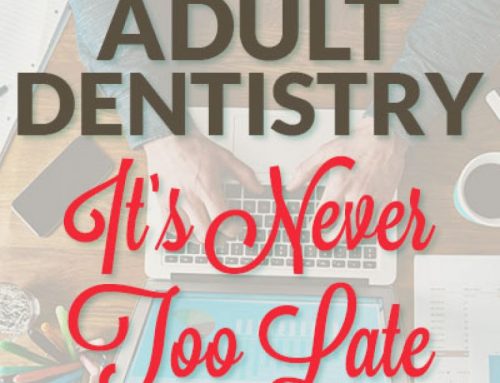Whitening strips are among the most popular health and beauty products in Granbury. Brightening up your pearly whites is a great way to give your smile a boost, and with all the over-the-counter options, there’s no reason not to pick one up and try it out. Dr. Heizer wants you to be informed about every aspect of dental health, so here’s a guide to which whitening options can give your teeth a bright new shine. If you have any questions or would like to visit Lakeview Dental for a consultation, don’t hesitate to give us a call.
Teeth Whitening: The Basics
Nowadays, there are three basic types of in-home whitening: toothpastes and mouthwashes, whitening strips, and gel trays. While whitening toothpastes and mouthwashes are the least expensive products on the market, they are also the least effective at creating noticeable change in the short-term. This is because they don’t have a significant amount of the active ingredients in most whitening products, which are hydrogen or carbamide peroxide. However, they are effective at removing surface stains. On the other hand, gel trays and whitening strips can produce some serious whitening in as little as a week.
How Whitening Strips Work
Whitening strips are all the rage in Granbury, so we will focus on how they work and what kind of results you can expect from them. Whitening strips are made from a flexible plastic material called polyethylene. Each strip is coated with hydrogen and/or carbamide peroxide and an adhesive to keep the strips in place. Hydrogen peroxide oxidizes as it comes in contact with your teeth, which bleaches teeth, making the surface whiter. Carbamide peroxide works the exact same way, but has an acid that breaks up stains as well.
How Long Do Whitening Strips Take to Produce Results?
Treatment times vary from brand to brand, but the average whitening strip package comes with 28 strips, for two weeks of whitening (one per night per row of teeth). Usually, the directions instruct Granbury residents to wear the strips for about half an hour before going to bed. Most people that try whitening strips notice a significant improvement in the whiteness of their teeth. However, they are not effective on tetracycline (antibiotic) or fluorosis (fluoride poisoning) stains, and they will not change the color of dental restorations.
Professional Whitening
Although they more expensive, professional whitening treatments are much more effective, safer, and can usually be done in a single visit. If you would like to know about how Dr. Heizer can give you a radically whiter smile in one visit, call Lakeview Dental today.
Sources
http://health.howstuffworks.com/wellness/oral-care/products/do-whitening-strips-damage-teeth.htm
http://en.wikipedia.org/wiki/Tooth_bleaching
http://www.3dwhite.com/teeth-whitening/teeth-whitening-safety/teeth-whitening-side-effects.aspx
http://www.deltadentalins.com/oral_health/bleaching_risks.html







